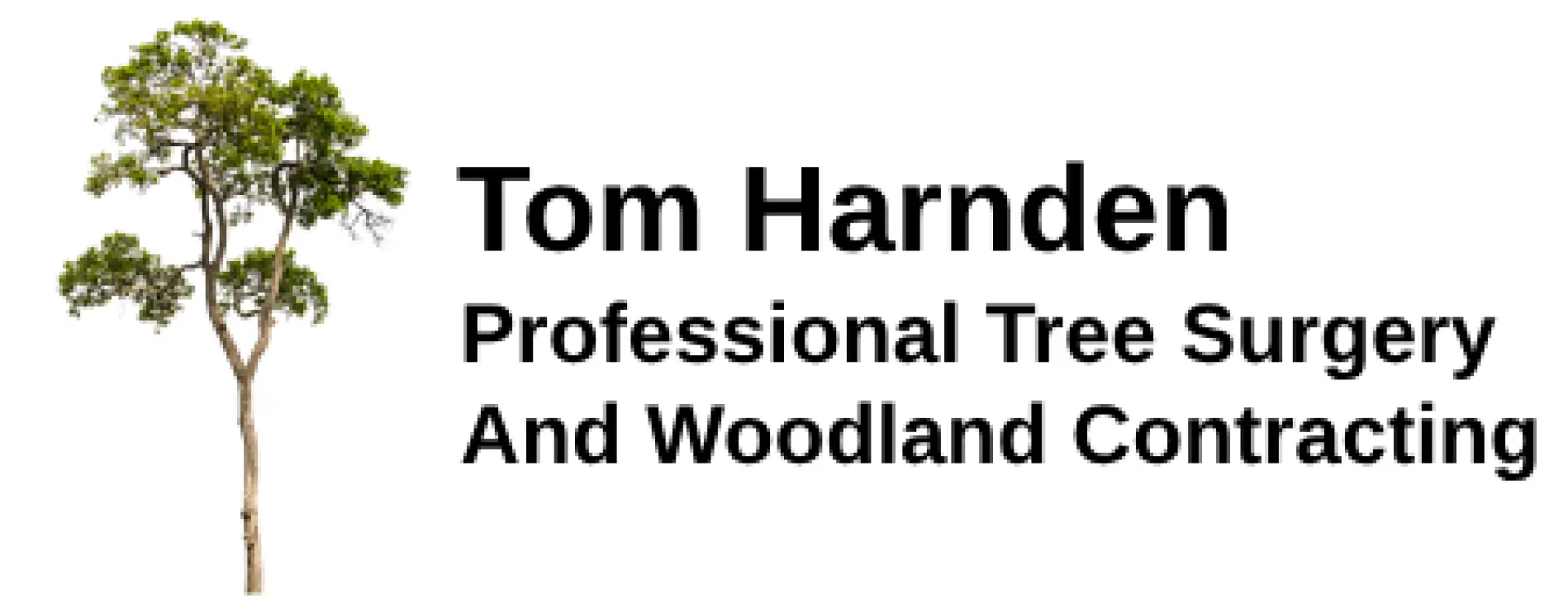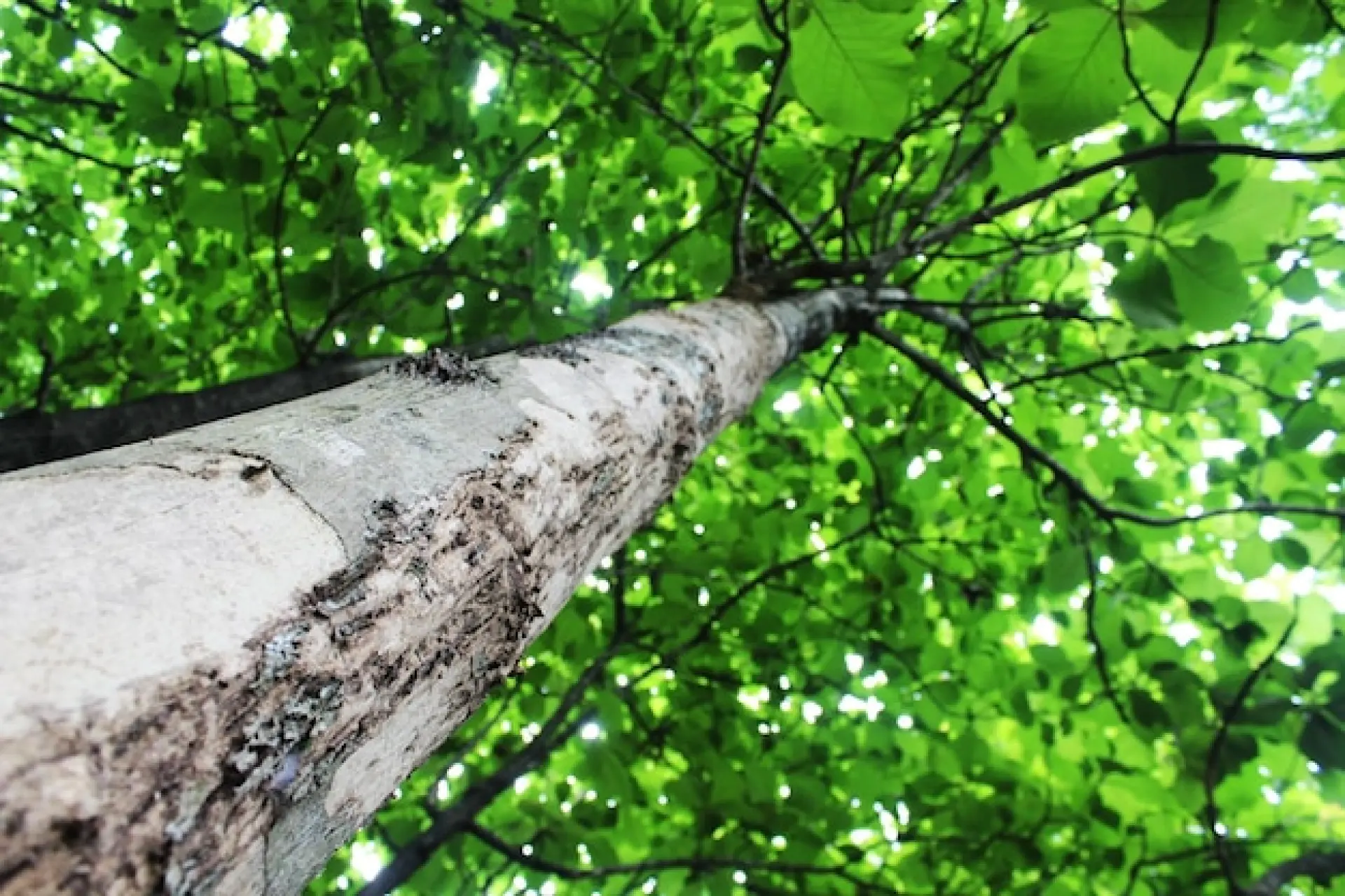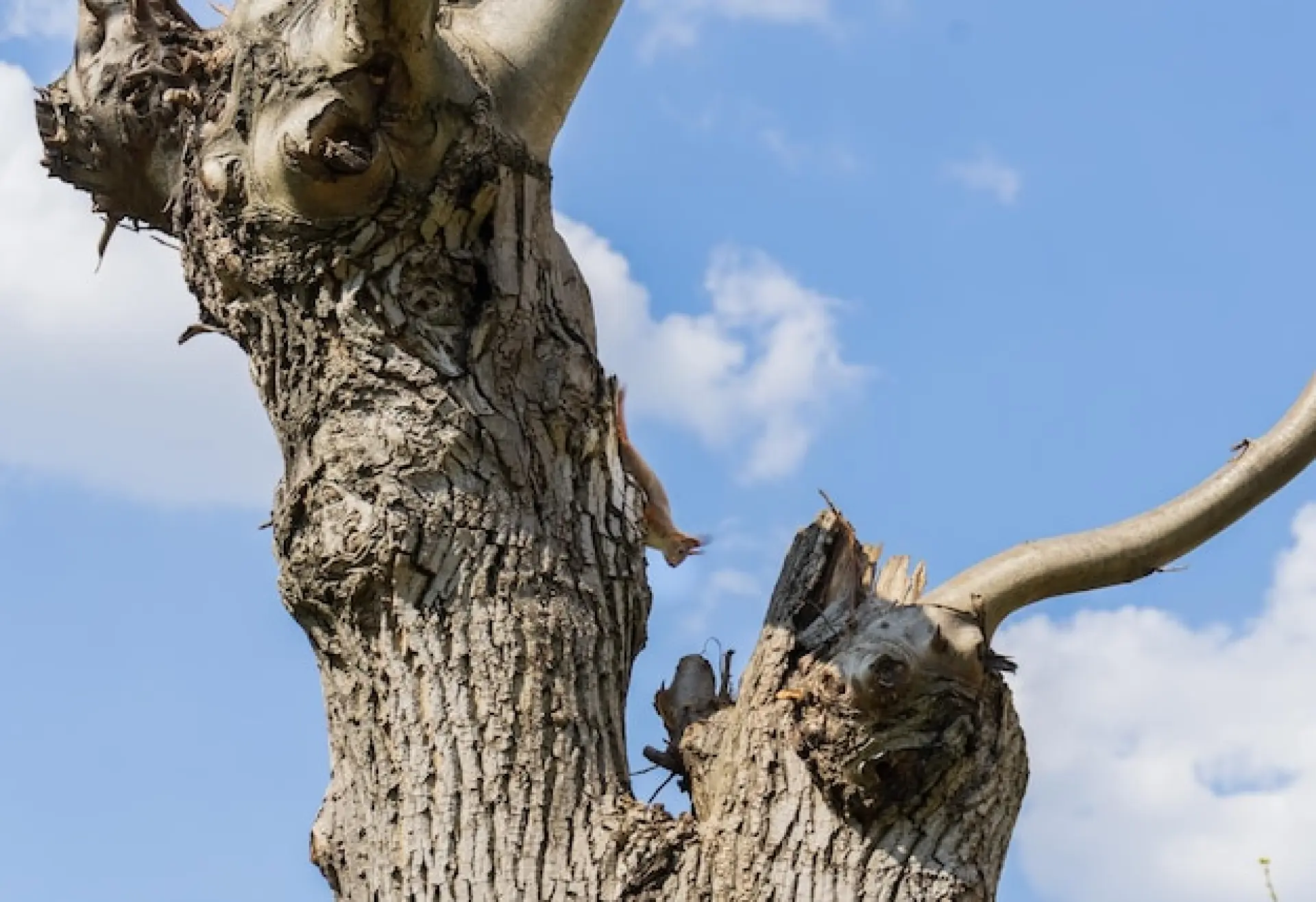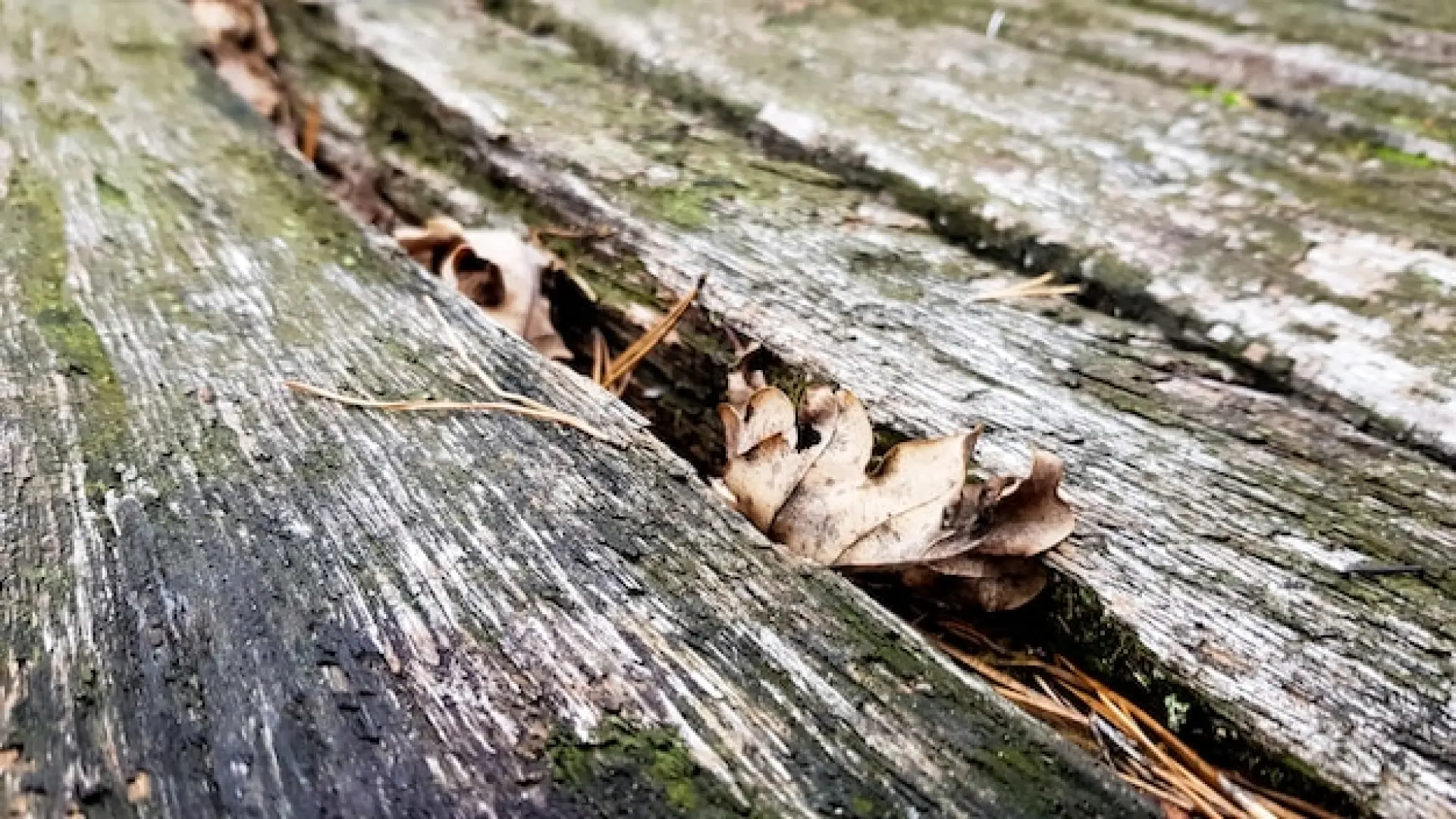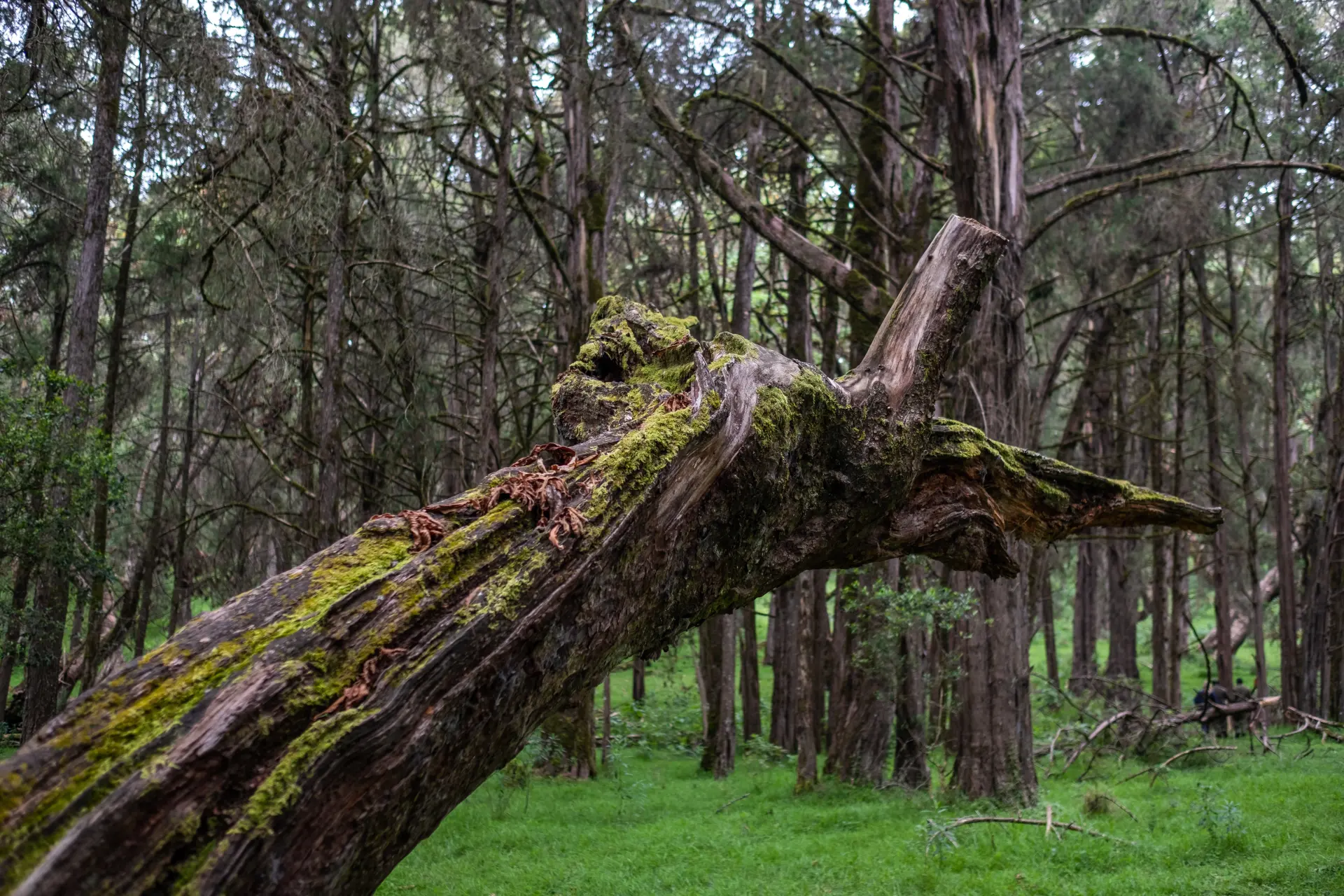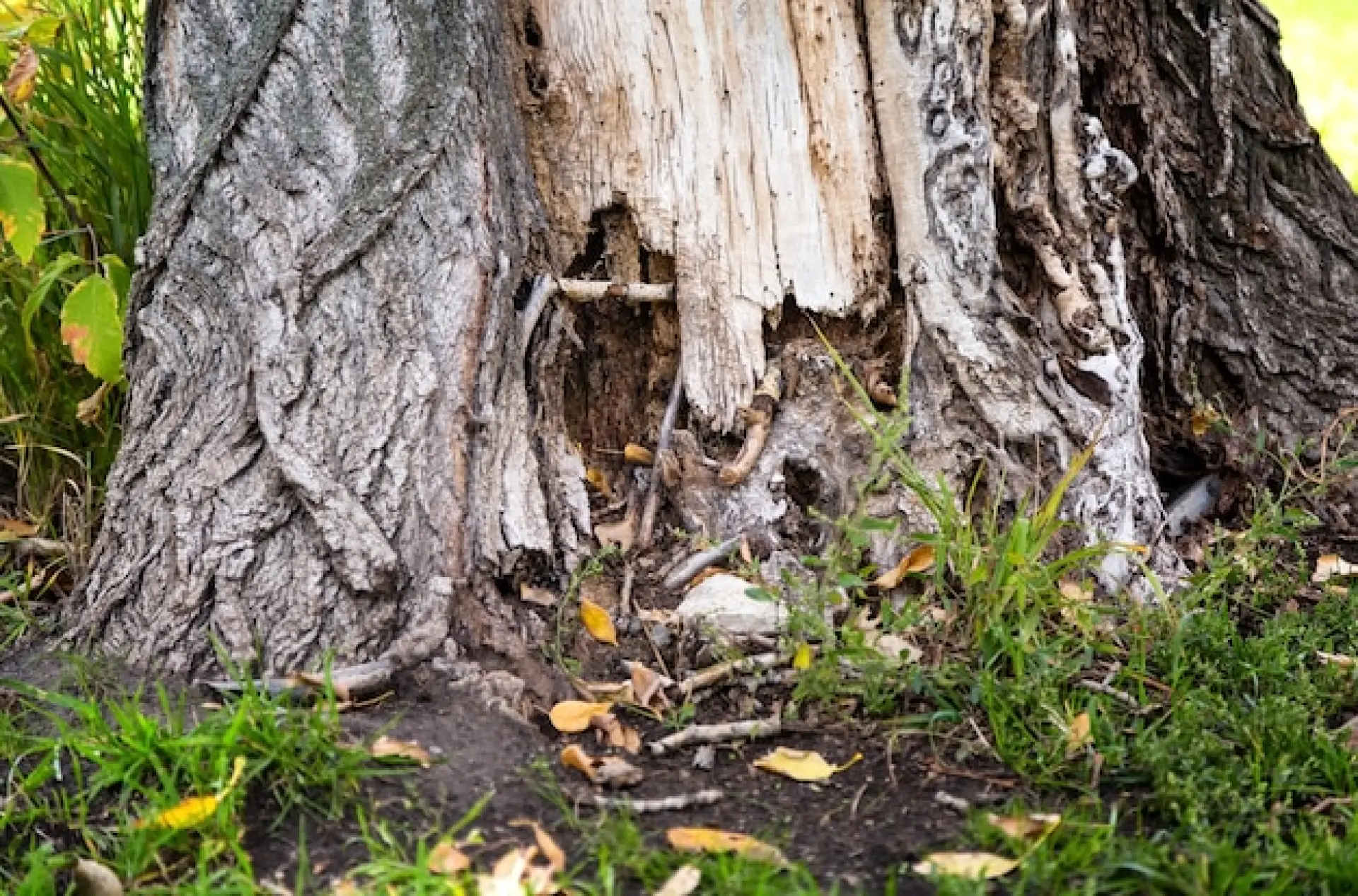Understand what factors affect the price of tree removal. Tree condition, site accessibility, and even species can influence costs.
Tree Size and Height
The size and height of a tree are key factors in determining removal costs. Taller trees require more specialised equipment, additional labour, and greater safety precautions, which can increase the overall price. Large trees often have deeper and more extensive root systems, making stump removal more challenging and time-consuming.
The thickness of the trunk also affects the difficulty of cutting and disposal. Smaller trees are generally easier and quicker to remove, resulting in lower costs. Additionally, if a tree is particularly wide, extra cutting and clearance efforts may be needed, further influencing pricing. Tree size and height are usually assessed during an inspection, allowing professionals to estimate the complexity of the job before providing a quote.
Tree Condition
The condition of a tree plays a significant role in removal costs. A healthy, sturdy tree is more difficult to cut down safely compared to a tree that is already dead, diseased, or weakened by decay. If a tree is unstable or at risk of falling, removal may require urgent action, increasing costs due to emergency service rates. Trees with extensive rot or hollow sections can be unpredictable during removal, requiring additional safety measures.
Additionally, trees infested with pests may pose extra challenges, as precautions may be needed to prevent the spreading of infestations. The overall condition affects the level of expertise, equipment, and time required, all of which contribute to the total price of removal.

A tree’s structural integrity can impact the techniques used during removal. Trees that are partially uprooted or leaning dangerously often require specialist intervention to prevent sudden collapses during cutting.
Weak branches may break unexpectedly, posing risks to workers and property, requiring additional stabilisation methods. Some trees, especially those suffering from fungal infections, may have brittle wood that complicates the cutting process.
When dealing with diseased trees, extra care may be needed to prevent the spread of infections to nearby plants, adding to disposal costs. In some cases, local regulations may require a tree health assessment before removal is permitted, leading to potential delays and additional expenses.
Location and Accessibility
The location of the tree significantly influences removal costs. Trees situated in open spaces with easy access allow for faster work, reducing labour and equipment costs. However, if a tree is in a confined area, such as a small garden or near a fence, additional effort is required to safely remove it without damaging surrounding property.
Limited access can also restrict the use of large machinery, meaning manual labour is needed, which increases the time and expense. If the tree is located in an area with restricted entry for removal vehicles, additional charges may apply for transporting debris. The ease of access is always factored into the overall price when assessing the job.
Type of Tree
The species of the tree affects removal costs due to differences in wood density, growth patterns, and disposal requirements. Hardwood trees such as oak and maple are more challenging to cut and remove due to their dense wood, requiring more time and effort. Softer wood trees, like pine, are generally easier to remove but may have large, sprawling root systems that complicate the process.
Some trees, such as willows, retain excessive moisture, making them heavier and harder to transport. The presence of multiple trunks or complex branching structures can also add to removal time. The type of tree influences the level of labour, cutting techniques, and disposal fees involved in the process.
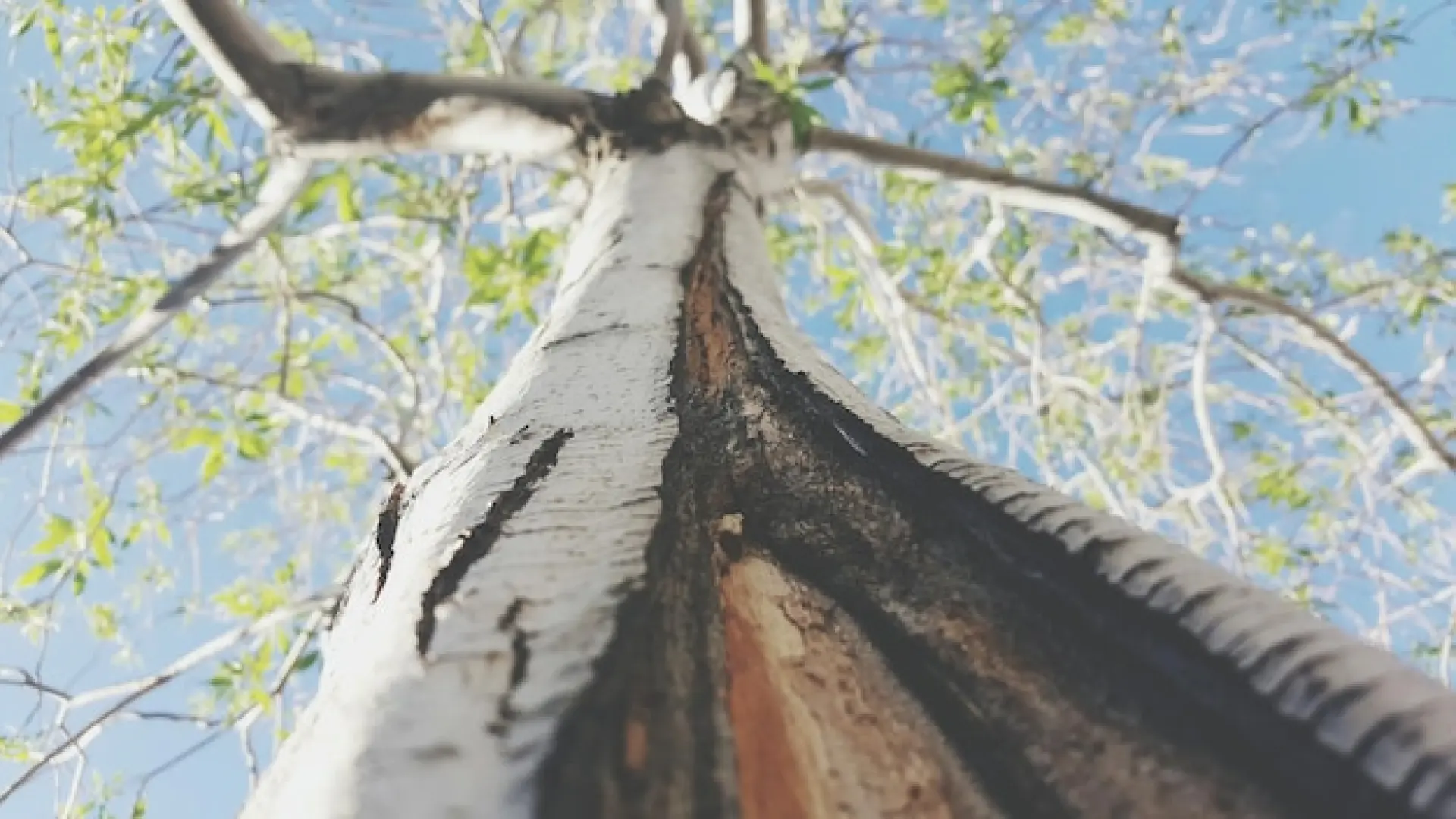
Certain tree species may have legal protections that influence removal costs and requirements. Some areas have conservation laws that protect specific types of trees, meaning permits may be needed before removal can proceed. This can lead to added expenses and delays.
Additionally, trees that are known for excessive sap production, like certain species of pine, may cause complications with equipment, requiring extra cleaning and maintenance during removal. Invasive species may require special disposal methods to prevent further spread, potentially increasing costs.
The natural strength and durability of the wood also play a role—trees with dense, fibrous wood may require specialist saws and cutting techniques, making the job more labour-intensive and costly.
Proximity to Buildings, Power Lines, and Other Structures
If a tree is located near buildings, power lines, or other structures, removal becomes more complex and costly. Extra care must be taken to ensure branches and debris do not cause damage during the process. Skilled professionals may need to use specialised rigging techniques or cranes to carefully lower sections of the tree, which increases costs.
Trees near power lines require additional safety precautions to prevent electrical hazards, sometimes involving coordination with utility companies. If a tree is growing close to a home, fences, or other structures, careful dismantling may be necessary to prevent structural damage. The closer a tree is to obstacles, the more labour-intensive and expensive the removal process becomes.
At Tom Harnden Professional Tree Surgeons, you'll find a whole host of tree surgery-related services to help preserve your outdoor spaces and keep them in the best possible condition. We offer Tree Removal for Malvern, Ledbury and Worcester. Give our talented arborist a call today!
